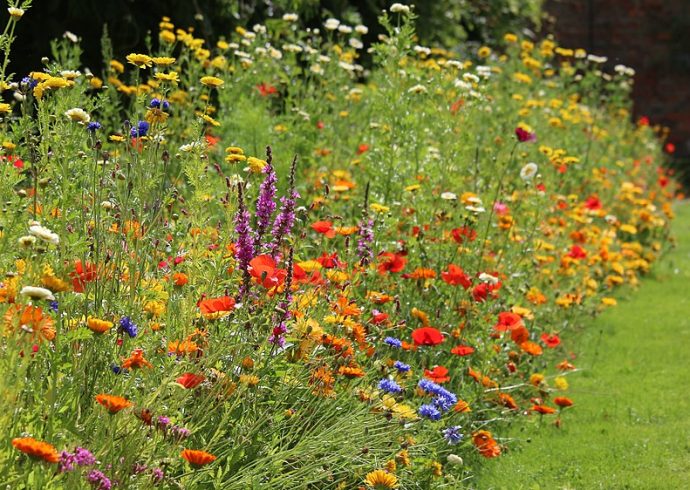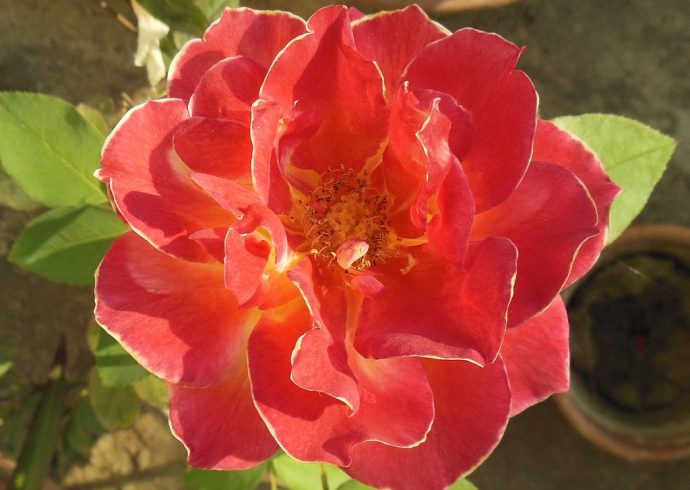
Drying Vegetable Seeds for Planting
Being able to plant a vegetable garden from seeds is a great benefit in time of a recession. For some people though, buying young plants or the seeds themselves may wind up on the hard-to-afford list for a family of three or more. Using seeds from already purchased vegetables is the best alternative, for you can remove the seeds inside, and continue to use the rest of the vegetable in cooking or in a salad.
Some of the best vegetables can be grown from tomato, cucumber, eggplant, and pepper seeds. Peas and string beans do not grow from seeds per se but the small, round peas inside the pods can certainly be saved and dried along with your other vegetable seeds so they can be planted in your garden. Corn kernels are saved like the legumes, which grow the plant when it is cultivated in the soil. Once you decide which vegetables you want to plant, you can start saving the seeds for them.
For vegetables like tomatoes, cucumbers, and peppers, slice open the fruit across the middle. For cucumbers, this will be lengthwise and not in the center across the circumference. With the pepper, cut it approximately 1 1/2″ from the stem at the top where the majority of the seeds are. Scoop out the seeds with some membrane onto a sheet of cardboard or several layers of paper towels. Do not mix all of the seeds together; plan on one vegetable per cardboard or paper towel. Using a spoon, dig out the seeds from the vegetable, then spreading around a little bit on the flat surface it will be drying on. It is okay if some of the seeds remain stuck on the membrane as they dry. Keep the seeds laying flat on their surface in an area where they can stay in that position as the seeds dry out. This may take up to a week so it is best to check on them every day to see how much they have dried. The legumes and kernels will shrink a bit as they dry, too.
Once the seeds are dried, you can remove them from the surface. Spread a piece of white paper on a table in front of you. Take the cardboard or paper towel with the seeds dried on them and gently rub off the dried seeds with your fingers. The white paper will catch the falling seeds. Have ready some small glass containers that will store the seeds until they are ready for planting. Pour one variety of vegetable seed in one container. Close the lid tightly so the seeds do not spill out. On a white sticky label, write down the vegetable the seed goes with. Tomato seeds will be labeled tomato, and so on. This way you won’t confuse what type of seed you have in any given bottle.
Image Credit: Oregon State University, CC BY-SA 2.0, via Wikimedia Commons.


